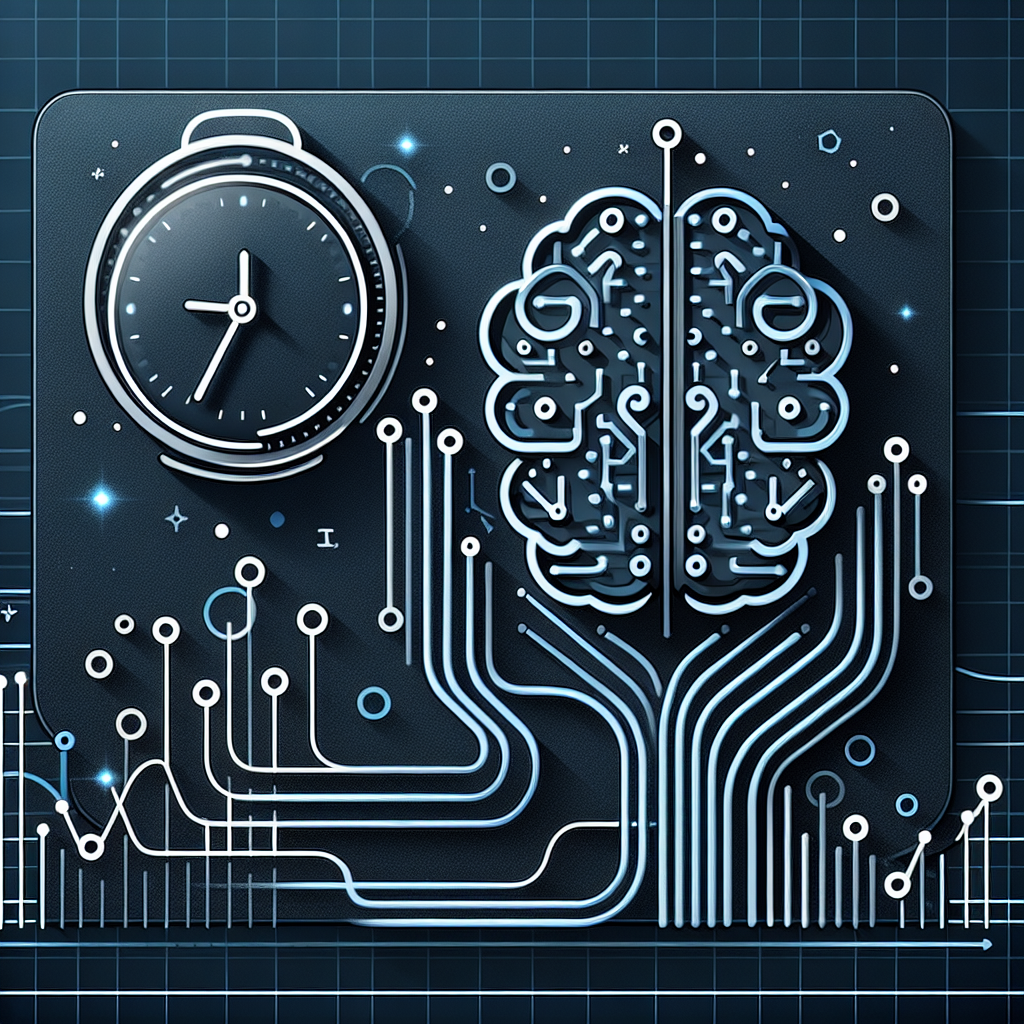The Role of AI in Real-time Business Intelligence
In today’s fast-paced business environment, the ability to make data-driven decisions in real-time is crucial for staying ahead of the competition. This is where artificial intelligence (AI) comes into play, revolutionizing the way businesses gather, analyze, and interpret data to gain valuable insights. AI has the power to transform traditional business intelligence (BI) processes by providing real-time insights, predictive analytics, and intelligent automation.
Real-time business intelligence is the process of using AI and advanced analytics to gather and analyze data as it is generated, allowing businesses to make quick and informed decisions. AI algorithms can process large volumes of data at high speeds, identifying patterns and trends that human analysts may overlook. This enables businesses to respond to changing market conditions, customer preferences, and competitive threats in real-time, giving them a significant competitive advantage.
One of the key roles of AI in real-time business intelligence is predictive analytics. By analyzing historical data and using machine learning algorithms, AI can predict future trends and outcomes with a high degree of accuracy. This allows businesses to anticipate customer needs, forecast sales, and optimize operations before issues arise. For example, AI can predict which customers are likely to churn, allowing businesses to take proactive measures to retain them.
Another important role of AI in real-time business intelligence is intelligent automation. AI-powered tools can automate repetitive tasks, such as data collection, cleansing, and analysis, freeing up human analysts to focus on more strategic activities. This not only saves time and resources but also reduces the risk of human error. For example, AI can automatically generate reports, dashboards, and visualizations, providing decision-makers with real-time insights at their fingertips.
AI also plays a critical role in data visualization, making complex data sets more accessible and understandable. By using AI-powered tools to create interactive dashboards and visualizations, businesses can quickly identify trends, outliers, and anomalies in their data. This enables them to make data-driven decisions in real-time, without the need for manual data manipulation or analysis.
In addition to predictive analytics, intelligent automation, and data visualization, AI can also enhance real-time business intelligence through natural language processing (NLP) and sentiment analysis. NLP allows businesses to extract insights from unstructured data sources, such as emails, social media posts, and customer reviews, enabling them to understand customer sentiment and preferences. Sentiment analysis, on the other hand, helps businesses gauge public opinion and brand perception, allowing them to adjust their strategies accordingly.
Overall, the role of AI in real-time business intelligence is to empower businesses with the tools and insights they need to make informed decisions quickly and effectively. By leveraging AI-powered algorithms and analytics, businesses can gain a competitive edge in today’s data-driven economy, driving growth, innovation, and success.
FAQs:
1. What are the benefits of using AI in real-time business intelligence?
– AI enables businesses to gather, analyze, and interpret data in real-time, allowing them to make quick and informed decisions.
– AI can predict future trends and outcomes with a high degree of accuracy, enabling businesses to anticipate customer needs and optimize operations.
– AI-powered tools can automate repetitive tasks, such as data collection and analysis, saving time and resources.
– AI enhances data visualization, making complex data sets more accessible and understandable.
– AI enables businesses to extract insights from unstructured data sources, such as emails and social media posts, providing a more comprehensive view of customer sentiment and preferences.
2. How can businesses implement AI in their real-time business intelligence processes?
– Businesses can start by identifying their key business objectives and data sources, determining which AI algorithms and tools are best suited to their needs.
– They can then invest in AI-powered tools and platforms that enable real-time data analysis, predictive analytics, and intelligent automation.
– Businesses should also ensure that their employees receive proper training on how to use AI tools effectively and interpret the insights they provide.
– Finally, businesses should continuously monitor and evaluate the performance of their AI systems, making adjustments as needed to improve accuracy and efficiency.
3. What are some common challenges associated with implementing AI in real-time business intelligence?
– One common challenge is data quality, as AI algorithms require clean and accurate data to provide reliable insights. Businesses must invest in data cleansing and validation processes to ensure the quality of their data.
– Another challenge is the lack of skilled AI talent, as businesses may struggle to find employees with the necessary expertise to develop and implement AI solutions. Businesses can address this challenge by providing training and development opportunities for their existing staff or outsourcing AI projects to specialized firms.
– Security and privacy concerns are also important considerations when implementing AI in real-time business intelligence, as businesses must ensure that sensitive data is protected and comply with relevant regulations.
– Finally, scalability and integration issues can arise when businesses attempt to scale their AI systems across different departments or platforms. Businesses should plan for scalability from the outset and ensure that their AI systems can integrate seamlessly with existing BI tools and processes.

